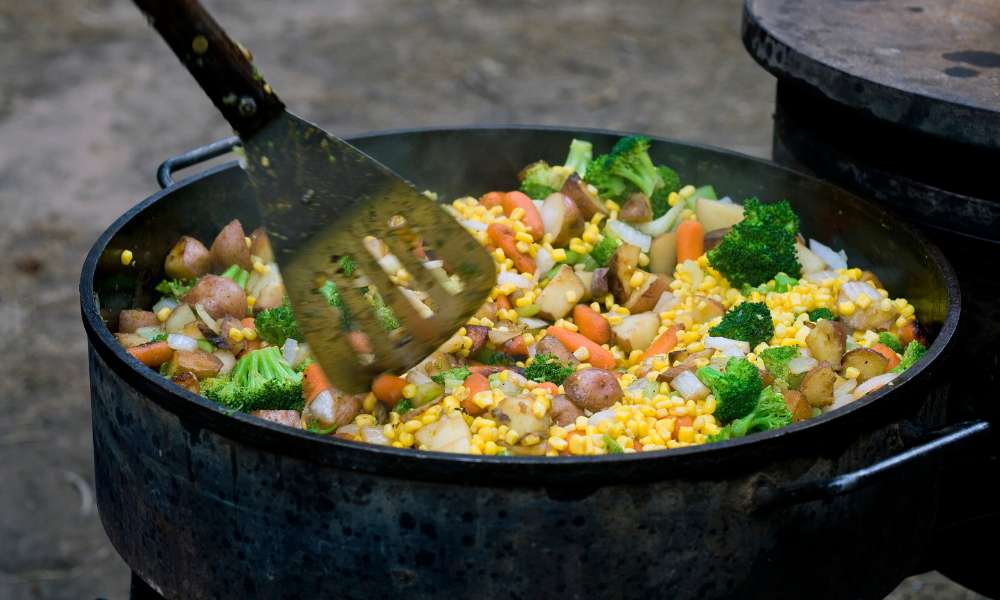The Dutch oven is a staple in kitchens worldwide, admired for its versatility and durability. But have you ever wondered why is a Dutch oven called a Dutch oven? The name dates back to the 17th century, when Dutch craftsmen revolutionized the casting process for metal cookware. Their innovative techniques produced high-quality pots that became highly sought after. The term gained popularity when English manufacturers adopted and refined the process, coining the name in tribute to its origins. Over the centuries, this iconic cookware has retained its name and timeless appeal. Join us as we explore the fascinating history behind the name and legacy of the Dutch oven.
The Origins of the Dutch Oven Name

The name “Dutch oven” has its roots in 17th-century Europe, where Dutch craftsmen pioneered a casting method for creating durable and versatile cookware. Using sand molds, they perfected the process, producing high-quality metal pots admired across the continent. English manufacturers later adopted this technique, giving credit to its origin by naming the cookware a “Dutch oven.” This tribute to the Dutch innovation highlights their significant contribution to crafting cookware that stands the test of time. Over centuries, the name has remained synonymous with reliability and versatility, making the Dutch oven a household essential and a cherished piece of culinary history in kitchens worldwide.
How the Dutch Perfected Cast Iron Casting
During the 17th century, Dutch craftsmen revolutionized cast iron casting, setting a standard for high-quality cookware. Their innovative sand-molding technique allowed for the creation of durable, smooth, and evenly cast pots, making them superior to other cookware of the time. This method not only enhanced the quality of the cast iron but also made production more efficient and accessible. Dutch artisans’ skillful craftsmanship gained recognition across Europe, leading to widespread demand for their products. This ingenuity laid the foundation for what we now know as Dutch ovens, combining durability and functionality with unmatched cooking performance. Their perfected casting process remains influential in modern cookware manufacturing today.
The Role of the Netherlands in Dutch Oven History
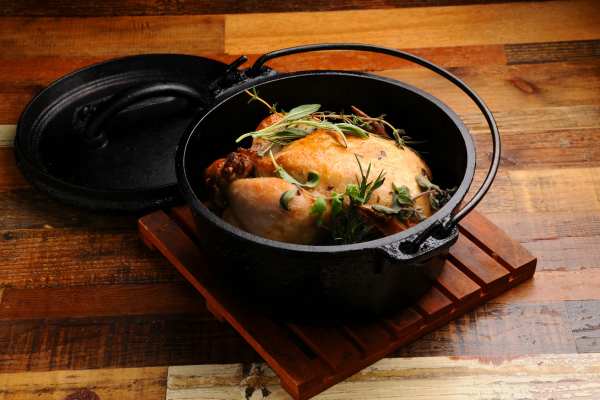
The Netherlands played a crucial role in the history of Dutch ovens, shaping their name and legacy. In the 17th century, Dutch artisans perfected a sand-molding technique to cast iron, creating durable cookware prized for its quality. This innovation made Dutch pots highly desirable across Europe. Their expertise influenced English manufacturers, who adopted the process and popularized the term “Dutch oven.” These versatile pots were cherished for their even heat distribution and long-lasting construction, becoming essential in both European and American households. The Netherlands’ contribution to this cookware’s development highlights its significance in culinary history, blending practicality with craftsmanship that endures to this day.
Abraham Darby’s Influence on the Dutch Oven
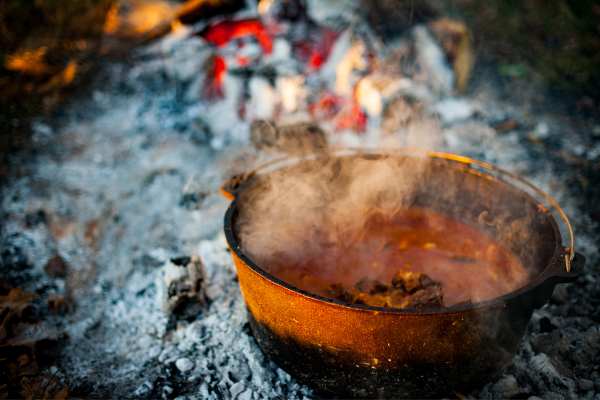
Abraham Darby played a pivotal role in shaping the modern Dutch oven, revolutionizing its production in the early 18th century. By adopting and refining the sand-casting method originally developed by Dutch craftsmen, Darby made the cookware more affordable and accessible. His innovation allowed for mass production, ensuring high-quality, durable pots that could evenly distribute heat. Darby’s work not only popularized the design in England but also set the standard for cookware manufacturing globally. This advancement cemented the Dutch oven’s place as an essential kitchen tool, blending practicality and efficiency. His influence continues to be felt in the enduring appeal of this iconic piece of cookware today.
The Evolution of the Dutch Oven Design
The design of the Dutch oven has evolved significantly over the centuries while maintaining its core functionality. Originating from 17th-century Dutch casting techniques, early models were heavy, uncoated iron pots perfect for open-fire cooking. Over time, manufacturers introduced enamel coatings, adding durability and aesthetic appeal. Modern Dutch ovens feature ergonomic handles, tight-fitting lids, and advanced heat retention properties, making them ideal for stovetop and oven use. These innovations have transformed the Dutch oven into a versatile tool, suitable for everything from slow-cooking to baking. Its design evolution reflects a balance between tradition and modern needs, ensuring it remains a timeless favorite for home cooks and chefs alike.
Cultural Significance of Dutch Ovens
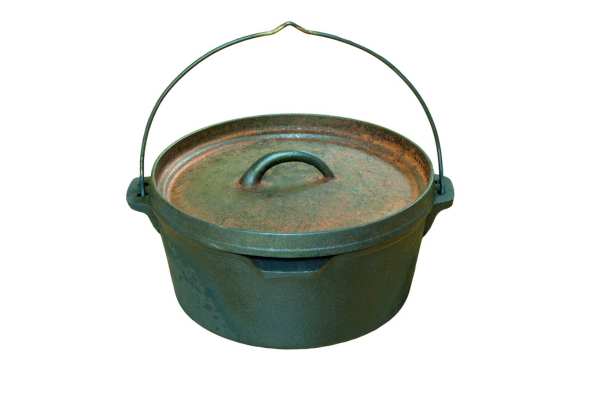
Dutch ovens hold a rich cultural significance, bridging centuries of culinary traditions across the globe. Originally crafted in the Netherlands, their innovative design quickly gained popularity, becoming a staple for cooking in households and communities. From simmering stews to baking bread, these versatile pots have been celebrated for their ability to create hearty meals that bring people together. Their enduring presence in kitchens symbolizes more than just practicality—it reflects the tradition of shared meals and family gatherings. Today, the Braising pan continues to honor its legacy, blending history with modern cooking techniques, making it a timeless tool cherished by cultures worldwide.
Why “Dutch” Stuck in the Name
The term “Dutch” in Dutch oven has historical roots tied to craftsmanship and innovation. In the 17th century, Dutch artisans perfected a casting technique using sand molds, producing superior cookware that became highly coveted across Europe. When English manufacturers adopted the process, they referred to the technique as “Dutch,” honoring its origin. This term gained prominence as these durable, versatile pots spread in popularity. Over time, the name stuck, symbolizing quality and functionality in cookware. Even today, the Braising pan remains a tribute to the innovative methods pioneered by Dutch craftsmen, blending history with modern culinary excellence and earning its place as a kitchen essential.
The Spread of Dutch Ovens Across Europe and America
During the 17th and 18th centuries, Dutch ovens gained widespread popularity across Europe and America due to their practicality and durability. Originating in the Netherlands, their innovative casting techniques set a new standard for cookware. English manufacturers adopted these methods, producing their own versions and exporting them globally. In America, the Braising pan became an essential tool for pioneers and settlers, prized for its ability to cook hearty meals over an open flame. Its adaptability for both stovetop and oven use made it indispensable for diverse cooking needs. Today, Dutch ovens remain a symbol of culinary tradition, bridging the gap between historical craftsmanship and modern functionality.
Historical Uses of Dutch Ovens
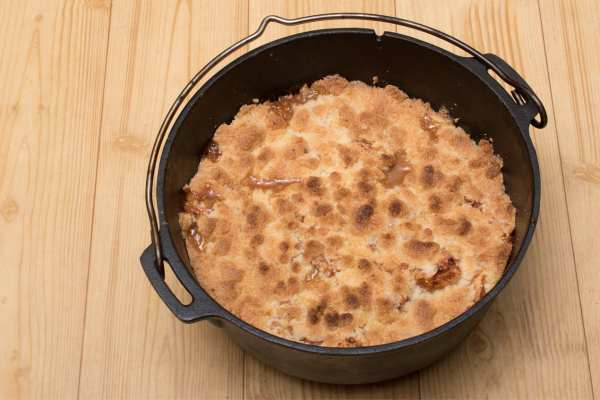
Dutch ovens have a rich history, serving as essential cookware for centuries. In the 17th and 18th centuries, they were widely used for baking bread, roasting meats, and slow-cooking stews over open fires. Their durable cast iron construction made them perfect for both hearth and outdoor cooking, a staple for pioneers and settlers. These versatile pots were often passed down through generations, symbolizing family tradition and resilience. Over time, Dutch ovens adapted to modern kitchens while retaining their practicality and charm. Their ability to distribute heat evenly and maintain consistent temperatures has made them a timeless choice for preparing a wide variety of recipes across different cultures.
The Modern Interpretation of Dutch Ovens
Dutch ovens have evolved from traditional cookware into modern kitchen essentials, blending functionality with contemporary design. Today, they are crafted using advanced materials like enameled cast iron, offering superior durability and versatility. Modern Dutch ovens are available in various sizes and colors, making them as visually appealing as they are practical. Perfect for slow cooking, baking, and frying, they adapt to various recipes while maintaining even heat distribution. Their easy-to-clean surfaces and stylish aesthetics make them a favorite for home cooks and professionals alike. This modern interpretation has transformed the Braising pan into a timeless tool, ideal for everyday use and special occasions in any kitchen.
Conclusion
The Dutch oven’s name reflects its rich history and innovative origins. Emerging from 17th-century Dutch craftsmanship, the term honors the Netherlands’ mastery in casting high-quality cookware. The name gained further recognition when English manufacturers adopted these methods, spreading the iconic pot worldwide. Today, the Braising pan remains synonymous with durability, versatility, and timeless design. Understanding why is a Dutch oven called a Dutch oven adds depth to its culinary legacy, connecting modern kitchens to centuries of tradition. Whether for slow cooking, baking, or roasting, this essential cookware continues to deliver exceptional results. Embrace its history and functionality to elevate your cooking experience for years to come.

